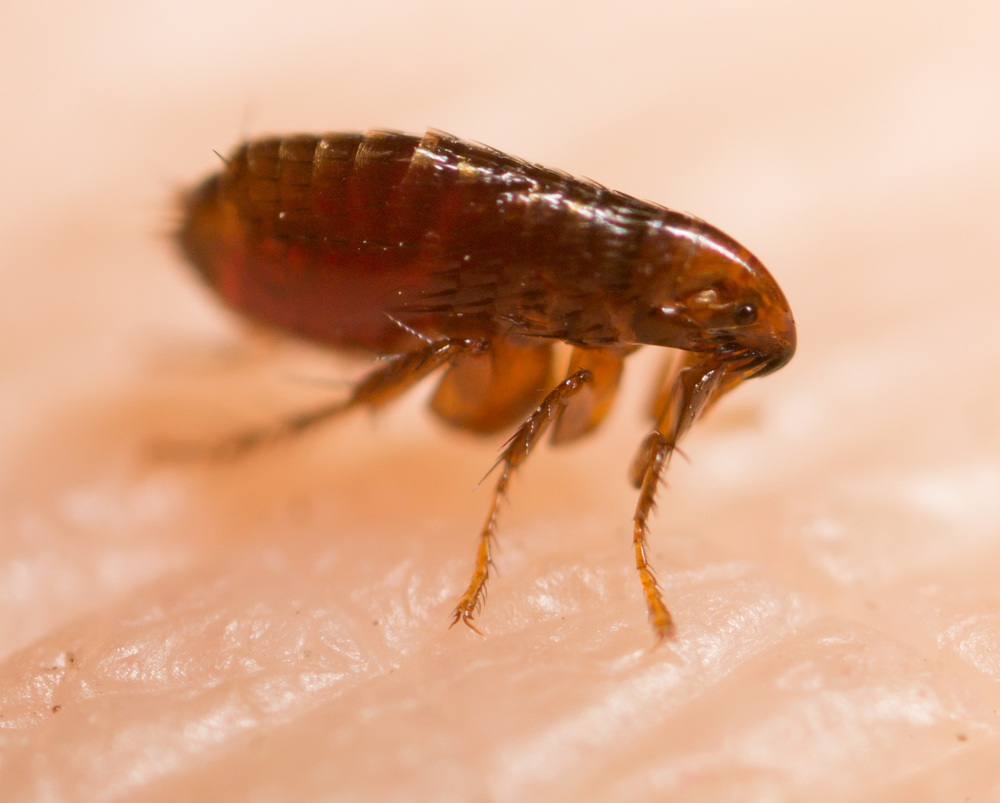
According to the Centers for Disease Control and Prevention (CDC), there has been a troubling rise in cases of illness associated with mosquito, tick and flea bites in the United States over the last 13 years; in fact, cases have tripled.
More than 640,000 cases of illness were reported during that period. Nine new mosquito and tick-driven germs were reported over that period, and CDC Director Robert Redfield admits they have no idea what might strike Americans next. In addition, the CDC analyzed data which showed the United States lacks preparedness for confronting such disease spread, given the widespread and difficult to control nature of the disease from these insects.
“Our Nation’s first lines of defense are state and local health departments and vector control organizations, and we must continue to enhance our investment in their ability to fight against these diseases,” Redfield said.
It should also be noted there may well be more cases than those reported. The CDC notes that many infections are neither reported nor recognized, making a full analysis difficult. In their analysis — the latest Vital Signs report — CDC scientists theorized the increase in disease is built on numerous factors. For one, the natural habitat of mosquitoes and ticks are spreading, opening the risk to more people. Overseas travel and commerce are also on the rise, increasing the risk of disease transportation. New germs spread by bites have also been discovered and the list of nationally notifiable diseases has increased accordingly.
“The data show that we’re seeing a steady increase and spread of tickborne diseases, and an accelerating trend of mosquito-borne diseases introduced from other parts of the world,” said Dr. Lyle Petersen, director of the Division of Vector-Borne Diseases in the CDC’s National Center for Emerging and Zoonotic Infectious Diseases. “We need to support state and local health agencies responsible for detecting and responding to these diseases and controlling the mosquitoes, ticks, and fleas that spread them.”
Effective counters come from the build-up and sustainment of public health programs that test for and track disease spread, the CDC notes. They also recommend greater training for vector control staff and education for the public regarding bite prevention. They are funding states and territories to detect and respond to infections, as well as report them to the CDC, while simultaneously partnering with local and tribal health departments, industry, universities and international groups. They are also supporting five regional centers dedicated to emerging diseases and are currently working on the development and improvement of lab tests for associated diseases.




